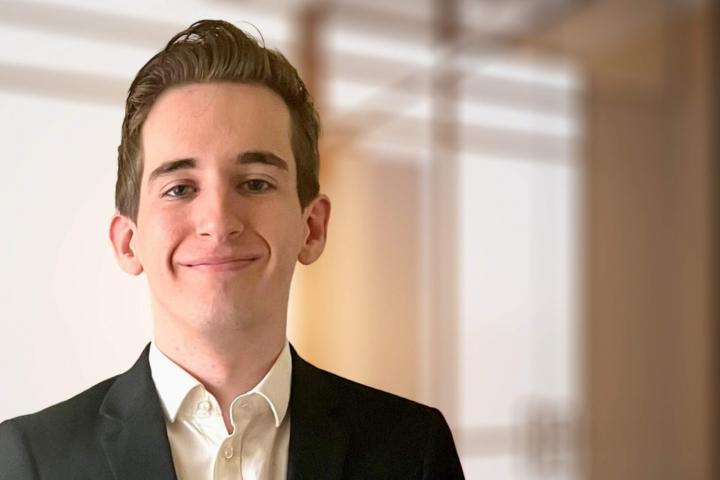
Family officers serving wealthy Belgian families often prove more willing to take risks than their clients. Aligning perspectives usually requires careful techniques, according to research by Sam Bossuyt at Ghent University (UGent).
For his master’s thesis in Business Economics, Bossuyt studied how wealthy Belgian families make investment decisions together with their family officers. Supervised by corporate finance expert Sophie Manigart, he interviewed 13 family officers, both from single-family and multi-family offices, about how they work with their clients to shape investment choices. His original plan was to also interview a member of each advised family, but this proved impossible because the families declined, consistent with the discretion surrounding many wealthy clans.
The interviews revealed a striking gap between how families and their family officers assess risks in private equity and venture capital decisions. “For many family members, especially older generations, risk means capital loss or reputational damage. From that perspective, they generally prefer a cautious investment approach, with limited exposure to volatile or illiquid assets,” Bossuyt explained.
Family officers, often with backgrounds in finance, private equity, or investment banking, tend to apply a more numerical and less emotional view. “For them, risk relates to factors such as volatility, limited liquidity, or falling short of long-term portfolio goals. They are generally more comfortable taking calculated risks.”
Generation gap
One explanation lies in past crises experienced by older generations, such as the dotcom bust of 2000 or the banking crisis of 2008. According to the research, older generations often favor real estate, bonds, or highly liquid portfolios, with capital preservation as the main priority.
“This generation-driven conservatism was very visible at one multi-family office. Portfolios were deliberately structured defensively because of the cautious stance of older family members, even though the family officer feared this would limit long-term returns,” Bossuyt noted.
Younger generations, unsurprisingly, are more open to riskier investments. This sometimes places family officers between two opposing forces: encouraging overly cautious elders while tempering overenthusiastic younger members.

Photo: Vlada Karpovich via Pexels
Solutions
To bridge the gap with risk-averse clients, some family offices introduced formal risk charters, strategic allocation models, or financial simulations that make abstract risks more tangible. This creates broader support for joint decision-making.
Co-investment emerged in the interviews as one of the most effective incentive mechanisms. In this model, family officers invest their own capital alongside that of the family in specific deals or funds. This creates direct alignment and risk symmetry: the office shares in the profits but also carries part of the potential losses. By investing together, the risk of opportunistic behavior by the family officer is reduced.
There are also legal and technical tools to prevent generational conflicts. One office, for example, introduced a “Nxt Gen fund,” which allows younger family members to manage part of the wealth more actively, but within a clearly defined and controlled framework.
Ultimately, the chosen incentive structures reflect the family’s core values and the resulting investment philosophy, Bossuyt concluded. Starting next week, he will join BDO in Ghent as a junior deal & valuation consultant.
“The focus is not on chasing individual gains, but on safeguarding continuity, preserving prudence, and building a sustainable bridge between generations,” he said.